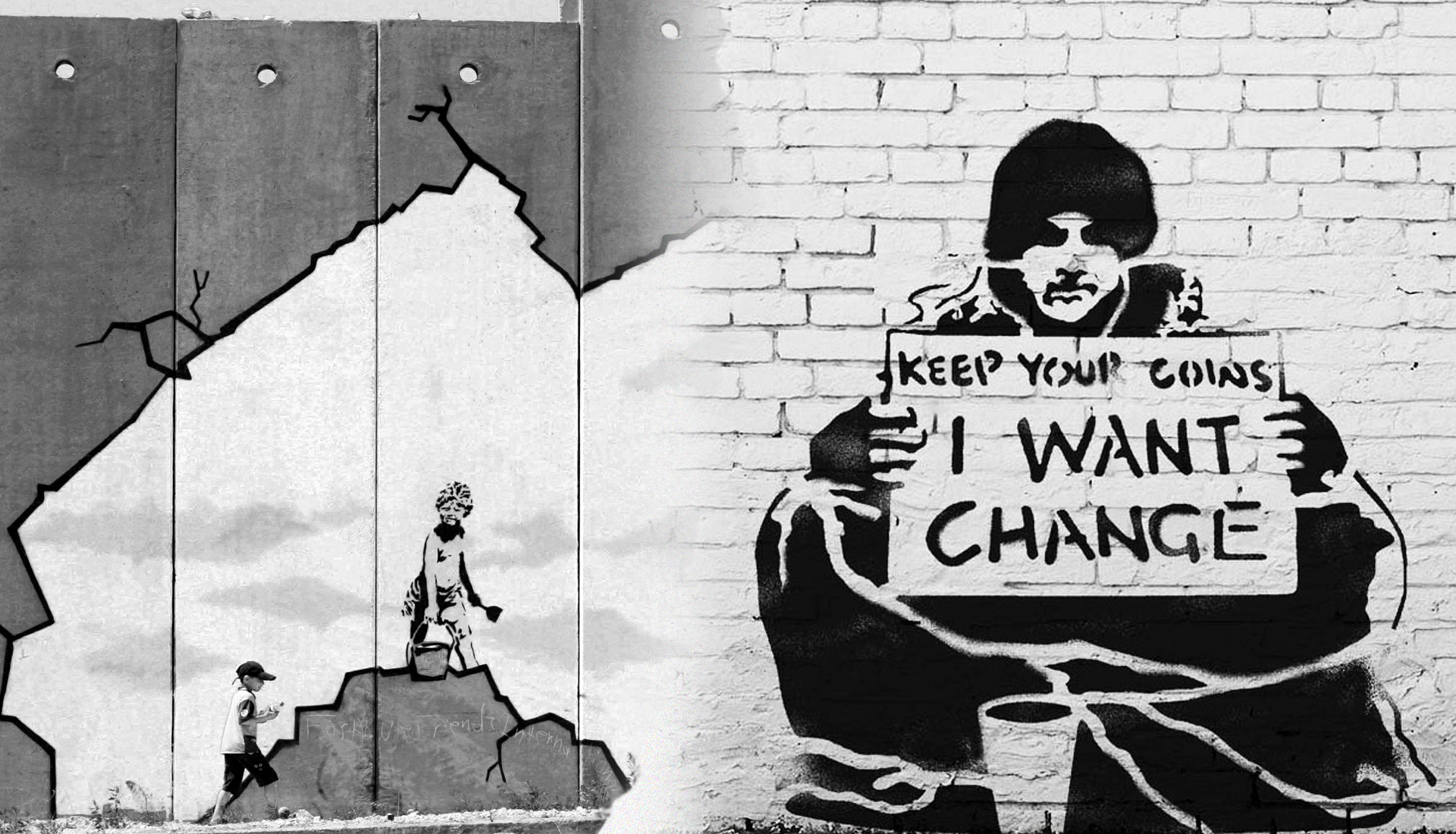When Gandhi said ‘be the change you wish to see in the world’ this is what he was talking about. Welcome to Social Change 101.
Social change is a concept that is a little tricky to grasp for some, but it’s something that has always had prevalence in society. Put simply, social change is what happens with likeminded people get together in order to alter social institutions, social behaviours, or social relations for the better.
Today, a thirst for both witnessing and getting involved with social change is more widespread than ever, and worthy causes are being championed all across the world. Whether people are marching out picket-sign-in-hand, making themselves heard on social media, or are simply making daily amendments to their own lives, they’re using their personal agency to strive for social change, and ultimately to make the world a better place.
Sounds pretty uplifting and inspirational doesn’t it? Rising up together to alter social discourse and societal structures for the many. In recent history we’ve fought for civil rights, equal rights for women, and the LGBTQ community, but there are still literally hundreds of worthy causes worth getting involved in today.
Whether we’re talking climate change, alternative energy, and use of plastics, or land conservation, animal rights, and mental health, there’s serious work to be done. And you can make a big difference by getting involved.
Before getting into the specifics of different causes, how to get informed, and how to mobilise into action, we first have to understand the fundamentals of social change. To make things as easily digestible as possible, we’ve broken the concept down into six simple stages.
The six stages of social change:
1. Be an Active Consumer
The first step is to start questioning yourself. What do you care most about, and what you want to see changed in the future? Really take the time to sit down and think about what moves you, and research the topic meticulously. This is the basis for your whole journey after all. By doing so you’ll naturally start formulating ethical standards you’re going to hold industries, institutions, and brands you engage with to as a consumer. Consider whether they’re running afoul of social or environmental issues you’re passionate about, and take a stance on whether you’re going to support them with your time or wallet. In a nutshell, you need to get informed.
Action Point: Spend a day looking into all facets of your topic, gauge public opinion on social media and really get your head round it. Next, subscribe to five related newsletters and follow five social media accounts belonging to renowned activists or campaign groups for daily tidbits. You can always learn more.
2. Lend your Voice
Once you’re officially off the fence, the next step is to voice your opinion in the social spectrum – which today is undoubtedly social media. Inform others of institutional practices and urge them to take up arms in striving for change, or to champion the good work of specific brands or likeminded organisations. Constantly remind yourself: social responsibility should be a company’s operating system. It may sound a little obvious, but when it comes to activist movements strength in numbers is key.
Action Point: Start chatting to friends about it across your social media and maybe even cosnider signing petitions online and sharing them with friends and family. Enough signatures will see the petition gain a response from the government in question, beyond that, the petition may even be considered for a debate in parliament (100,000 signatures in the UK).
3. Lend your Feet
Now that you’re informed, have adopted a strong position, and have voiced that opinion to others, the next stage is to actively make a stand in the real world. Whether this is through attending rallies, strikes, or events, your presence is hugely valuable – not only in empowering others, but also in sending a message to the industry or company in question. You’re now gathering some real traction and you’re ready to make your mark.
Action Point: Explore a multitude of different websites/ social media pages and pin-point an actual upcoming event. Put it in your calendar, get prepping signs or speeches, and encourage others to join you on your journey. Remember, take photos and share them across your social, then more people will want to experience your journey with you next time.





















